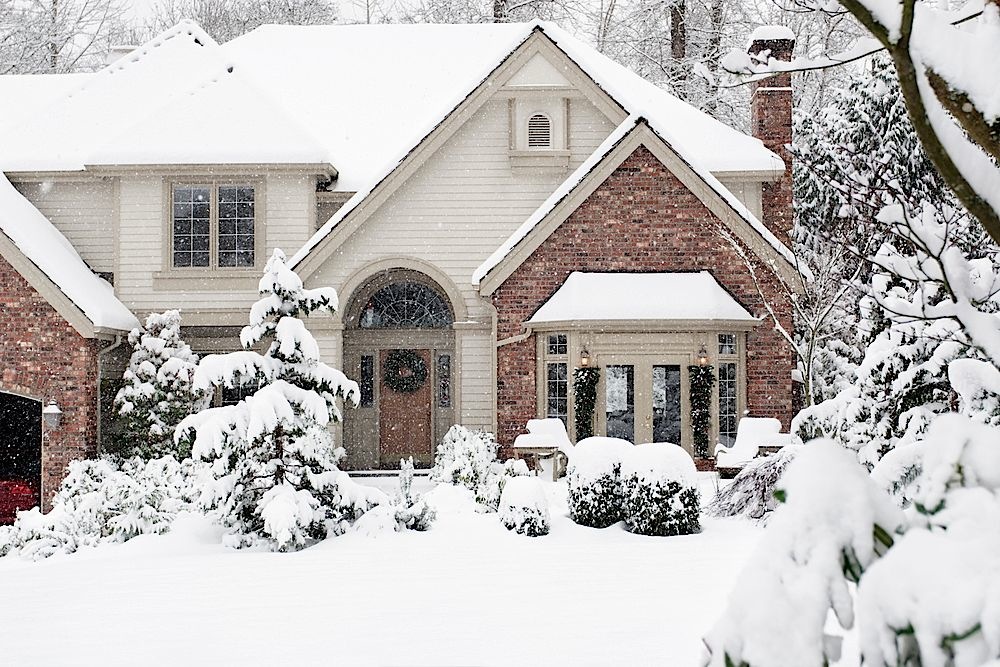 You can still have a great garden even if you are a plant novice. All it takes is some basic know-how and a willingness to plunge into some outdoor work. Looking at a beautiful garden from your window or door is a very rewarding experience. Such a garden can also yield fresh, delicious produce and dazzling flowers and provide a gracious setting for relaxing and dining with family and friends. To achieve a successful garden you need to understand the climate, light and moisture conditions in your area and have a basic knowledge of local weather patterns.
You can still have a great garden even if you are a plant novice. All it takes is some basic know-how and a willingness to plunge into some outdoor work. Looking at a beautiful garden from your window or door is a very rewarding experience. Such a garden can also yield fresh, delicious produce and dazzling flowers and provide a gracious setting for relaxing and dining with family and friends. To achieve a successful garden you need to understand the climate, light and moisture conditions in your area and have a basic knowledge of local weather patterns.
Know Your Weather Conditions
Selecting plants that are adapted to your climate is half the secret of gardening. A plant that is well suited to its surroundings will flourish with a minimum of help while a plant transplanted to an inhospitable site will struggle no matter how much care you give it. Your best tool for identifying such plants is the Temperature Zone Map. Developed by the United States Department of Agriculture (USDA) as an aid to gardeners and nurseries, it divides Canada and the United States including the Hawaiian Islands into 11 zones. Most American and Canadian nurseries and mail-order companies have adopted the USDA map as a standard reference.
Each zone is based on an average minimum temperature which is an index of the local winter’s severity. In most cases this temperature is the crucial factor in determining whether a plant will survive in a given region. Most plant descriptions – in catalogs or labels for example – indicate the zones in which a specific plant will thrive. For instance, the common flowering dogwood will be listed as “hardy to zone 6,” which means that the plant will generally withstand temperatures down to 0 degrees F. and -10 degrees F. Once you have identified the zone that you live in, buy only plants that are recommended for that zone then you can be reasonably confident that your new plants will adapt well to the local climate.





